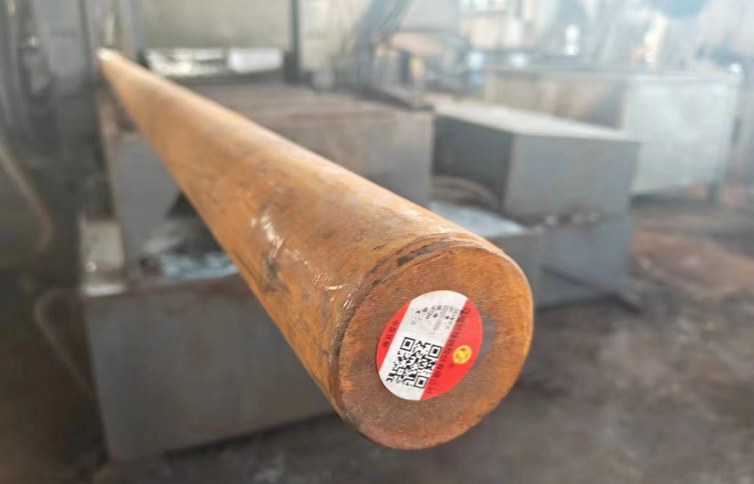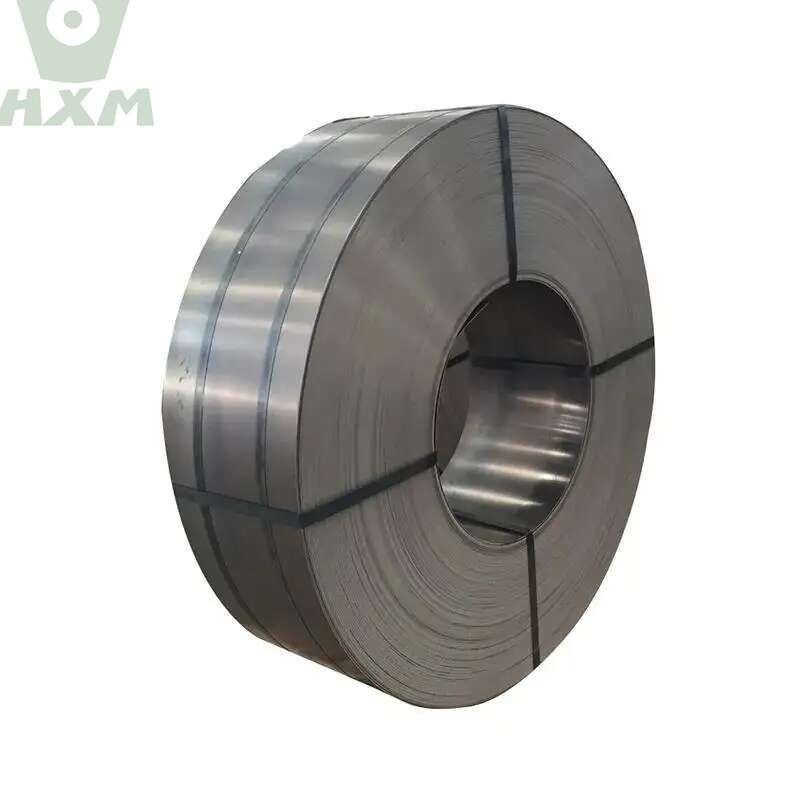In the realm of metallurgy, the term “carbon steel” refers to a broad category of alloys where carbon is the primary alloying element. Carbon steel is further classified based on its carbon content, with high carbon steel and low carbon steel being two distinct types that exhibit significantly different properties and applications. In this article, we aim to provide a comprehensive analysis of the difference between high carbon and low carbon steel.

What is the difference between high carbon and low carbon steel?
Let’s start with a fundamental understanding of carbon content in steel. High carbon steel typically has a carbon content ranging from 0.60% to 1.70%. This high carbon concentration results in a material that is extremely hard and strong, but relatively brittle. Conversely, low carbon steel has a carbon content ranging from 0.06% to 0.28%, which confers it with excellent ductility and formability but lower strength and hardness compared to high carbon steel.
The mechanical properties of these two types of steel are starkly different. High carbon steel’s high carbon content allows it to achieve a high degree of hardness, making it suitable for applications that require wear resistance and cutting edges, such as knives, tools, and some machine parts. Its hardness, however, comes with a trade-off in terms of brittleness, which limits its use in applications that require high flexibility or impact resistance.
On the other hand, low carbon steel’s lower carbon content gives it superior ductility and toughness. This means it can be easily deformed and shaped without fracturing, making it ideal for applications that require bending or forming, such as in the construction of bridges, buildings, and automotive parts. Low carbon steel’s ductility also allows it to absorb impact forces better, enhancing its resistance to breakage.
The welding characteristics of these two steels also differ significantly. High carbon steel’s brittleness and hardness can make it challenging to weld, as it is prone to cracking and distortion during the welding process. This limits its use in welding applications, unless special precautions and techniques are employed. Low carbon steel, on the other hand, is highly weldable due to its ductility and lower hardness. It can be easily fused with other metals, making it a popular choice for welding in various industries.
In terms of corrosion resistance, both high carbon steel and low carbon steel are susceptible to corrosion if not properly protected. However, low carbon steel may have a slight advantage in this regard due to its smoother surface, which can reduce the adhesion of corrosive substances. Nevertheless, both types of steel often require coatings or other surface treatments to enhance their corrosion resistance.
Cost is another factor that can influence the choice between high carbon steel and low carbon steel. High carbon steel, due to its specialized applications and manufacturing processes, can often command a higher price than low carbon steel. Low carbon steel, on the other hand, is more widely used and is generally more cost-effective, making it a popular choice for mass production and general-purpose applications.
Finally, it’s worth noting that the choice between high carbon steel and low carbon steel often depends on the specific requirements of the application. Each type of steel has its unique advantages and limitations, and it is crucial to select the appropriate material based on the desired mechanical properties, welding requirements, corrosion resistance, and cost considerations.
Conclusion
In conclusion, the difference between high carbon and low carbon steel lies in their carbon content, mechanical properties, welding characteristics, corrosion resistance, and cost. High carbon steel, with its high hardness and strength, is suitable for applications that require wear resistance and cutting edges. Low carbon steel, on the other hand, with its excellent ductility and formability, is ideal for bending, forming, and welding applications.
Thank you for reading our article and we hope it can help you to have a better understanding of the difference between high carbon and low carbon steel. If you are looking for carbon steel suppliers and manufacturers online now, we would advise you to visit Huaxia Steel for more information.
As a leading supplier of carbon steel products from Shanghai China, Huaxia Steel offers customers high-quality carbon steel, tool steel, alloy steel, and carbon steel tubes at a very competitive price.








